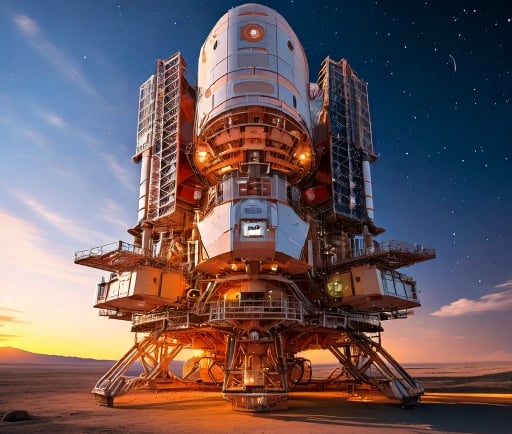NASA's Ground Systems: Assembling the Future of Space Exploration


Introduction to NASA's Ground Systems
Nasa's Exploration Ground Systems (EGS) play a critical role in the preparation and assembly of launch vehicles designed for deep space missions. Among these advanced systems is the Stacking operation, which sees the Launch Vehicle Stage Adapter (LVSA) securely positioned atop the Space Launch System (SLS) rocket. This essential process illustrates NASA's commitment to advancing space technology, particularly in the development of the Orion spacecraft and its upcoming Artemis 2 mission.
The Significance of Stacking Operations
The stacking of the Launch Vehicle Stage Adapter marks a pivotal moment in the systematic assembly of the SLS rocket. This operational success not only underscores the engineering prowess of NASA teams but also ensures that the Interim Cryogenic Propulsion Stage (ICPS) is effectively connected. By incorporating superior components into the SLS, NASA enhances the vehicle's performance and stability, ultimately advancing humankind's quest to explore the cosmos.
Looking Ahead: Artemis 2 Mission
The Artemis 2 mission represents a significant milestone in NASA's broader plan to return humans to the Moon and eventually venture to Mars. The connection of the Interim Cryogenic Propulsion Stage to the SLS is crucial, as it provides the necessary thrust for the Orion spacecraft during its journey beyond Earth's orbit. This stage will facilitate critical maneuvers and deep space navigation, paving the way for astronauts to embark on historic explorations.
In summary, NASA's Exploration Ground Systems are at the forefront of innovation, ensuring that each component of the SLS and the Orion spacecraft is meticulously assembled and engineered. The recent stacking of the Launch Vehicle Stage Adapter epitomizes the organization's commitment to achieving new heights in space exploration, with the Artemis 2 mission serving as a beacon of human ingenuity and aspiration.
